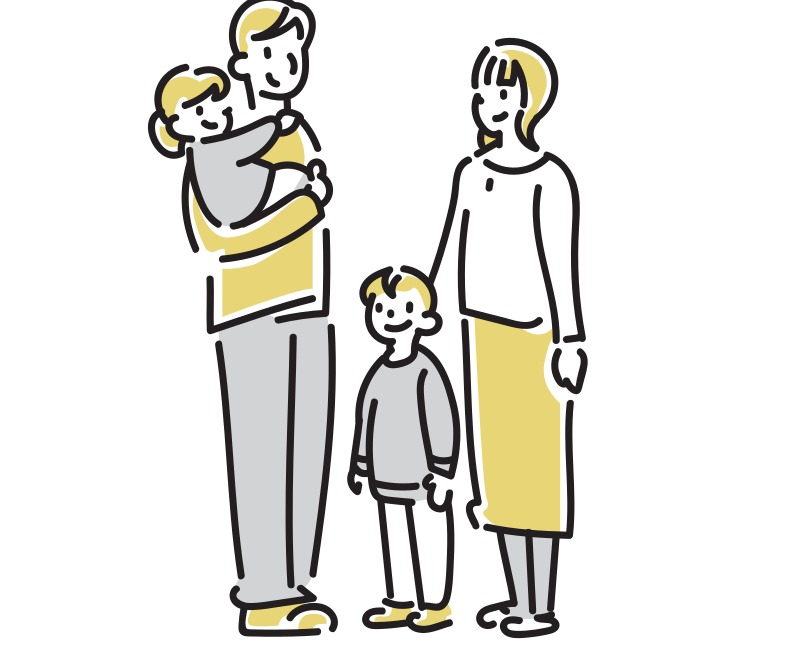"Your posture is bad!" "Look at your back!” “Stop looking down on your phone!”
Have you ever had such a conversation with your children or friends? I assume if you're a parent, you've probably said things about postures and phones to your child at least once.
I personally find myself annoying my 15-year-old daughter and 10-year-old son about their postures every day.
Although it seems like children often ignore these daily admonitions, smartphones and tablets have been widely popular for over a decade. For today's children, smartphones and tablets have been a part of their lives for as long as they can remember. Even adults can get engrossed in the convenience and endless entertainment of the internet—it's quite challenging to enforce moderate use for children.
We adults understand why "bad posture" is not good: the consequences of a misaligned spine; the aesthetics of good posture. Bad posture just plainly looks bad and unhealthy. However, children, especially those in elementary school, may not understand why having a hunched back is bad or what will happen in the long run if continuing having a bad posture (such as a straight neck). Children tend to be not as sensitive to explaining what/where/how something hurts, and having a bad posture doesn’t necessarily mean somewhere hurts for them. That’s why young people don’t realize much of the consequences of having bad posture.
Poor posture can be caused by environmental factors (such as the use of phones/tablets/etc.in a weird posture), as well as genetic and other congenital factors. If a parent has scoliosis, for example, there's a possibility of genetic transmission to the child. Furthermore, during childbirth or in early childhood, the environment can contribute to spinal misalignment. In the case of a C-section birth, pulling on the baby body to extract them from the uterus can cause distortion, and even in natural childbirth, prolonged difficult labor or situations like low amniotic fluid or entanglement of the umbilical cord can lead to spinal misalignment. Additionally, not crawling or starting to walk during infancy, repeatedly banging the head, and other factors can cause significant spinal misalignment.
Misalignment of the spine due to bad posture habits (using phones/tablets, etc.) can potentially improve with parental attention and the individual's awareness. However, if the cause is genetic (congenital) or related to the birth or early childhood environment, more care beyond parental attention and personal awareness is needed.
Because of this, I would like parents to be careful not to simply blame and scold their children about their posture. Children, especially as they enter adolescence, may actually be conscious about their bad posture. may surprisingly be troubled by their own bad posture. They want to look at their smartphones or tablets comfortably and end up adopting such postures. But in reality, it's a dilemma. Even if children understand, being scolded loudly doesn't make them feel good, and they become more stubborn.
At the recent Japan Fest, many middle and high school students were eager to undergo posture checks and listened attentively to the doctor's explanations. They are aware that "bad posture is not good."
That's why I earnestly hope that they receive treatment early.
In our clinic, we provide comprehensive care services, including chiropractic spinal correction, corrective exercises, and posture guidance. This can be done as a teamwork effort with the child and the parents, ensuring the correction of spinal misalignment through treatment.
Even as adults, it's possible to correct posture through methods like chiropractic care. However, it goes without saying that starting treatment before growth stops is more effective.
Our treatments are painless. If you're even slightly concerned about your child's posture, please feel free to consult with us.
Doctor Yoshiro Yajima

